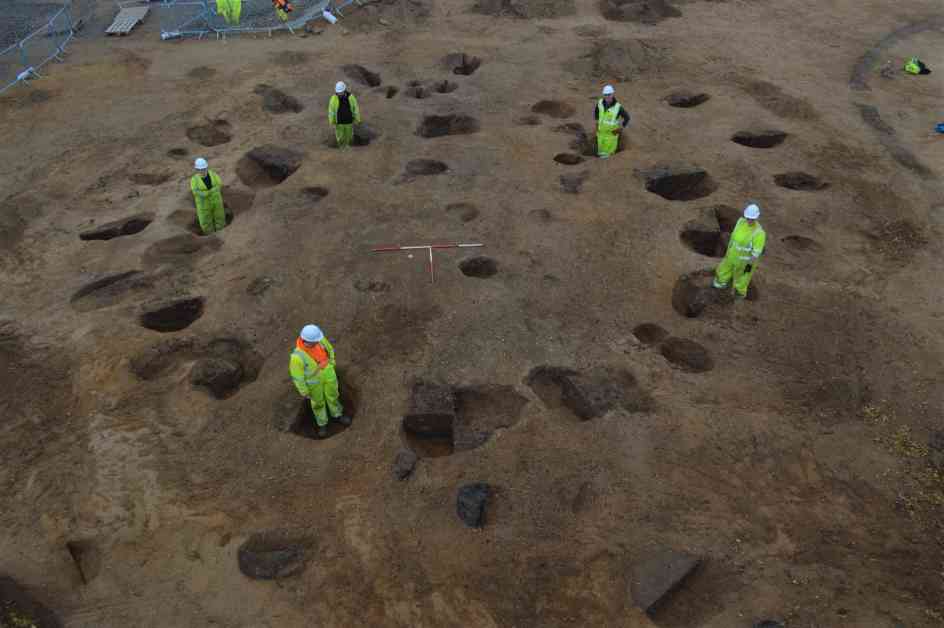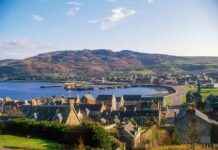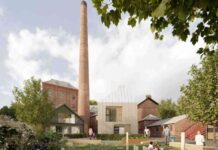Archaeologists Unearth Prehistoric Settlement in Highland Prison Development
A remarkable discovery has been made during the construction of the new HMP Highland in Inverness, Scotland. As development work commenced on the site, a team of archaeologists uncovered a prehistoric settlement believed to be over 2,000 years old. This unexpected find sheds light on the ancient history of the area and provides valuable insights into the lives of past inhabitants.
The Excavation Process
The excavation team from AOC Archaeology Group, in collaboration with contractors from UBCivils and Balfour Beatty, embarked on a meticulous excavation process to uncover the buried remains of the prehistoric settlement. The careful excavation of extensive artifacts, structures, and evidence of ancient human activity was a critical aspect of the project.
Working diligently to ensure the preservation and documentation of the archaeological finds, the team unearthed a treasure trove of prehistoric remains. These included hearth and cooking pits, midden pits, enclosure ditches, and postholes from at least 16 roundhouses and other timber shelters dating back to the Iron Age and late Bronze Age occupations.
Significance of the Findings
The discovery of the prehistoric settlement has provided archaeologists with valuable insights into the daily lives, social structures, and technological advancements of ancient inhabitants in the Inverness region. The presence of metal objects, stone tools, clay molds, and copper-alloy fragments suggests a sophisticated level of craftsmanship and industrial activity within the settlement.
One particularly rare find was a late Bronze Age leaf-shaped sword, indicating the presence of skilled craftsmen and specialized metalworking techniques. The existence of extensive iron-working activities, evidenced by large amounts of charcoal and burnt bone, further highlights the significance of the site as a hub of ancient industry and trade.
Historical Context
The excavation of the prehistoric settlement at the new HMP Highland site in Inverness adds another layer to the rich tapestry of archaeological discoveries in the region. Previous excavations in the area have uncovered nationally significant material spanning several millennia, including rare Roman brooches and evidence of elite status among ancient inhabitants.
The collaboration between the archaeologists, contractors, and the Scottish Prison Service has been instrumental in safeguarding and showcasing the cultural heritage of Inverness. The support and cooperation of all parties involved have enabled the preservation and presentation of the archaeological findings for public appreciation and education.
Community Impact
Lorraine Roughan, SPS Project Executive for HMP Highland, expressed delight at the significant archaeological discovery made at the site. She emphasized the importance of the discovery to the community of Inverness, both historically and in the present day. The construction of HMP Highland has not only created new jobs and apprenticeships for the local area but also promises to enhance community connections through modern facilities and amenities.
The development of HMP Highland aims to better serve local communities, meet the needs of individuals in their care, and support staff members. Enhanced security measures, digital capabilities, modern living spaces, and a new Community Connections hub will contribute to the dignity and well-being of all involved. The discovery of the prehistoric settlement adds a unique historical dimension to the site’s significance and reinforces its importance as a cultural heritage asset.
In conclusion, the unearthing of the prehistoric settlement at the new HMP Highland site in Inverness represents a significant milestone in the ongoing exploration of Scotland’s ancient past. The collaboration between archaeologists, contractors, and the Scottish Prison Service has not only unearthed valuable artifacts and structures but has also highlighted the importance of preserving and promoting the region’s rich cultural heritage. As further research and analysis are conducted on the archaeological findings, the story of the prehistoric settlement will continue to unfold, offering new insights into the lives and practices of ancient communities in the Inverness region.
































